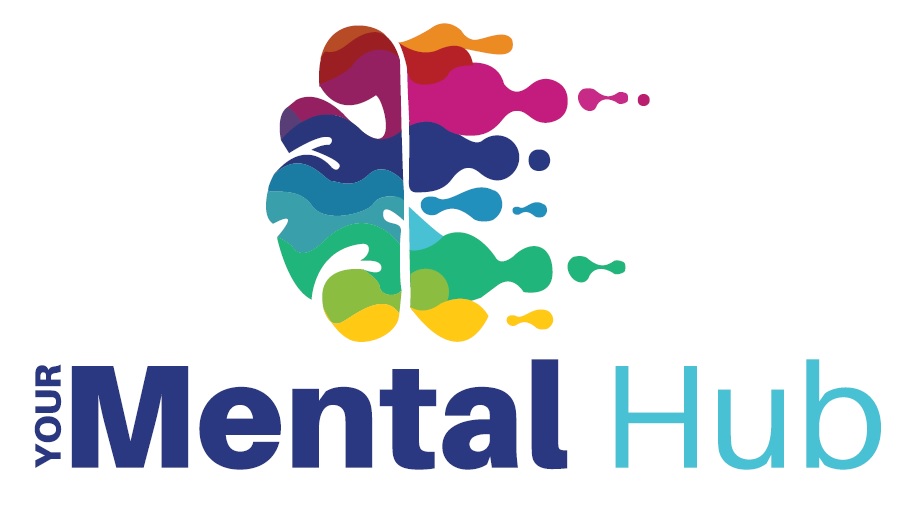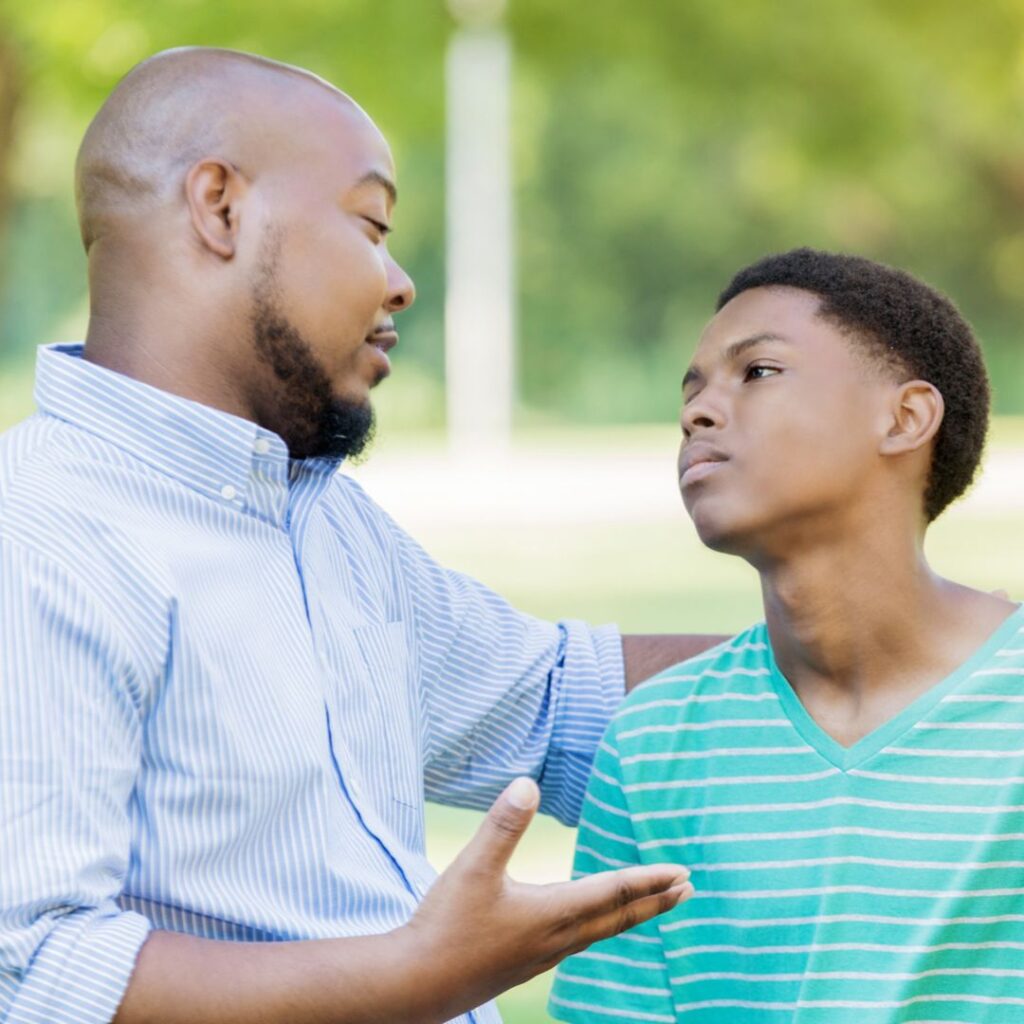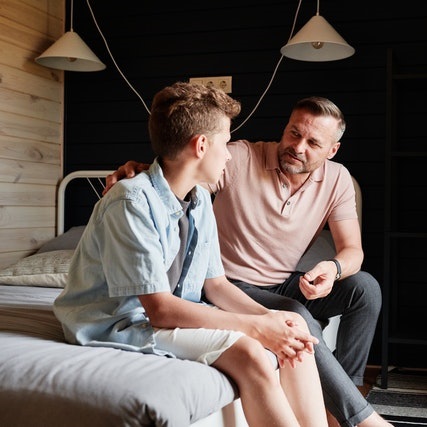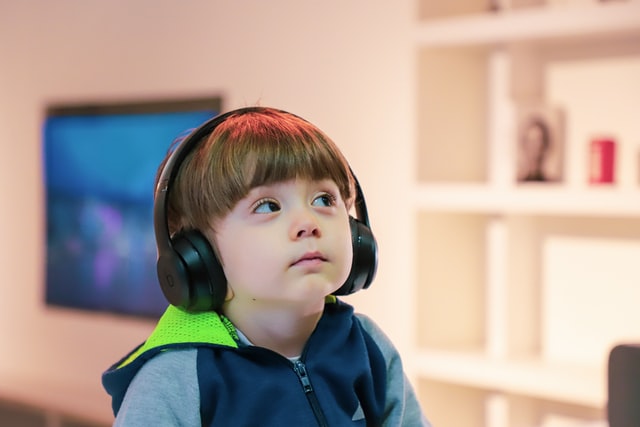/*! elementor – v3.6.6 – 08-06-2022 */
.elementor-heading-title{padding:0;margin:0;line-height:1}.elementor-widget-heading .elementor-heading-title[class*=elementor-size-]>a{color:inherit;font-size:inherit;line-height:inherit}.elementor-widget-heading .elementor-heading-title.elementor-size-small{font-size:15px}.elementor-widget-heading .elementor-heading-title.elementor-size-medium{font-size:19px}.elementor-widget-heading .elementor-heading-title.elementor-size-large{font-size:29px}.elementor-widget-heading .elementor-heading-title.elementor-size-xl{font-size:39px}.elementor-widget-heading .elementor-heading-title.elementor-size-xxl{font-size:59px}
Written by Dr. Rana Tayara
We are at a time where it may be common for a child to experience anxiety. There are many uncertainties in their lives right now, their routine keeps changing, life events are challenging, and they are having to adapt and cope with situations that they are not familiar with or used to. It is important for every parent of an anxious child to develop an understanding of childhood anxiety and of the important role they play in helping their child manage it.
The most important starting point is recognizing that your child needs help, your help and that you are present to support them through this. Start by noticing if your child behaviours are shifting from being calm and relaxed to being more stressed. If that is the case, then this is your cue to ‘watch and wait’ for a while to see if these changes are due to anxiety.
How to identify if your child is anxious
Anxiety is not something that is always present or always absent. Anxiety does not come and go, it is always present but it exist on a continuum that ranges from a high calmness, to low calmness, mild anxiety to high anxiety. Hence, helping your child move in the direction of calmness helps in safeguarding them against stress and anxiety.
Anxiety impacts a child’s emotions, physiology, behaviour and thinking. The signs and symptoms are:
- Emotionally and physically
Anxiety triggers part of the brain to fire up the fight-or-flight response to protect us from danger. Therefore, some anxiety symptoms tend to be physical as changes happen in the body when that response is triggered. These include chest pain or discomfort, nausea, sleeplessness, tiredness, regularly crying, rapid heart rate and often seeming nervous.
- Behaviour
As for their behaviour, children may show excessive fear of making mistakes, perfectionism, avoidance of activities that they feel worried or scared about, refusing to attend sleepovers or parties among others
- Thinking
Children with anxiety also tend to always be on the lookout for threats and danger, hence they are thinking all the times about past events, analysing current situations, wondering what will happen next and worrying about it.
Helping your child manage his anxiety
So, what can parents do to help?
- Reassurance and Normalizing
Reassure your child that these feelings and thoughts are normal responses to new challenging situations and events and that they are not alone in how they are feeling.
- Explain anxiety to them
Talk about what anxiety is and help them understand how it affects them physically by identifying the changes that happen in their body, such as: increased heart rate, nausea, stomach-ache.
- Identify triggers
Help your child to recognize the specific situations and events that make them feel anxious. Not to avoid those situations but to be prepared for them.
- Validate their feelings
Resist the temptation to rescue or fix a situation. Respond with empathy and understanding to your child’s concerns.
- Teach them anxiety management tools
- Taking some deep breaths.
- Bringing their attention to the present by asking them to name 5 things they can see, 4 things they can hear and something they can smell.
- Getting them moving.
- Defusing their thoughts by helping them to distance their thoughts from themselves. Instead of “I don’t have friends” teach them to say “I think that I don’t have friends”.
It’s an emotionally challenging journey for both parents and children, but it’s also a great opportunity to teach your child to become resilient and have the tools to cope with life’s stress.




